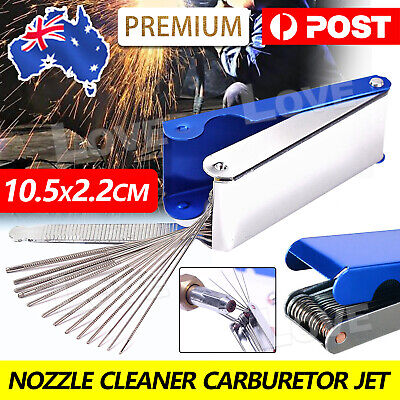murphus
Senior member
- Location
- Lost in the Midwest
I know this has been covered to death, but this is the first time I've not been able to bleed out the rear brakes on an RGS, despite having done it successfully multiple times previously. Replaced rear master seals, new brake line, new pads. Can't get the air out. I see people mentioning bleeding with the entire system off the bike, also raising the rear caliper, and saw Piet's past note about leaving the caliper in place and raising the rear master so it's the highest point. If removing the entire system or just the master, it strikes me one would want the reservoir at the highest point. I've tried everything so far except removing the entire system, to no avail. Even tried a reverse flush, but no joy. In fact, wouldn't move any fluid at all, leaving me to suspect plugged return port. Removing and disassembling the master showed the port open as I could be blow through it easily, so no idea what that was about. Never had one like this, any pointers welcome.

